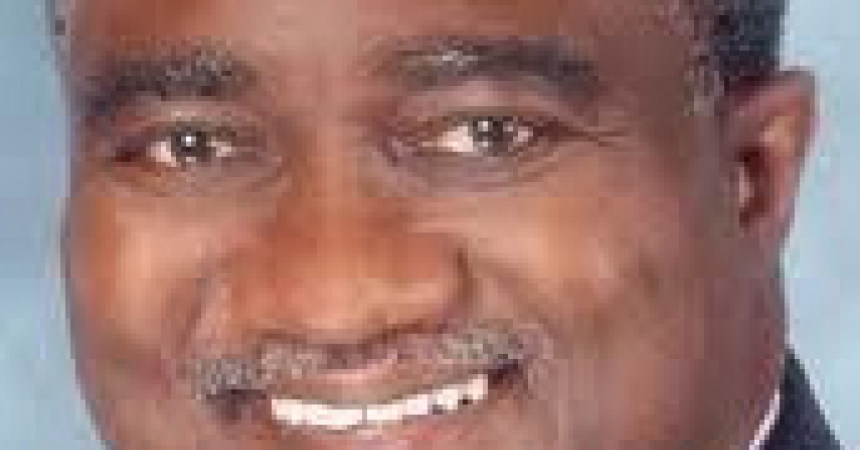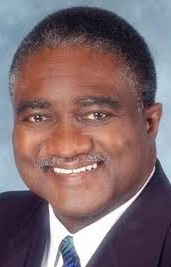
The false dichotomy between supporting police or legitimate protest
By George E. Curry
George Curry Media
If Micah Xavier Johnson’s goal was to support people in Dallas who were protesting the fatal police shootings of Alton Sterling in Baton Rouge, La. and Philando Castile in Falcon Heights, Minn., he failed miserably.
Not only did he not advance the cause by killing five law enforcement officers, his deadly action was the catalyst for the public discussion to dramatically shift from videotaped police misconduct to the dangers of policing in America.
The news media, which had been giving extensive coverage to the deaths of Alton Sterling and Philando Castile, quickly shifted gears and focused almost exclusively on the police attacks in Dallas, filling the airways with touching individual profiles and extolling the virtues of police officers who ran toward danger to protect the public instead of retreating to safety.
The stories of heroism deserved to be told. But so did the unfolding stories behind the deaths of Philando Castile and Alton Sterling. The media coverage mirrored a larger dilemma: Americans were being told in no uncertain terms that they had to pick sides – they were either on the side of police officers or the side of protesters.
It’s a false dichotomy – one can be supportive of police while also supporting protests against police misconduct. And, as we saw in the news coverage, whenever one is pitted against the other, the police will win every time. And they certainly will win when the killer is Black and all of the victims are White.
The moment the news flashed across television that someone was firing on police officers in Dallas, the natural reflex in Black America was to say: “I hope that person isn’t Black.” African Americans know how differently Blacks and Whites are perceived in America.
When 12 people were killed in a movie theater in Aurora, Col., it was blamed on the shooter, James Holmes. Adam Lanza was identified as the killer of 20 first-graders and six educators at Sandy Hook Elementary School in Newtown, Conn. Eric Harris and Dylan Klebold were fingered as the killers of 13 at Columbine High School in Colorado. Dylan Storm Roof killed nine Black church worshipers in Charleston, S.C. And Timothy McVeigh was put to death for masterminding the explosion of the Alfred P. Murrah Federal Building in Oklahoma City that left 168 people dead and more than 600 injured.
However, when a Black individual does something reprehensible, too often that guilt immediately gets assigned to all Blacks, not the individual committing the dastardly act.
President Obama addressed that point at a news conference in Warsaw, Poland.
“The demented individual who carried out those attacks in Dallas, he’s no more representative of African Americans than the shooter in Charleston was representative of White Americans, or the shooter in Orlando or San Bernardino were representative of Muslim Americans,” he said. “They don’t speak for us. That’s not who we are.”
Conservatives were quick to blame the president, who was 4,480 miles away at the time, for the Dallas rampage.
Rep. Roger Williams (R-Texas) said, “The spread of misinformation and constant instigation by prominent leaders, including our president, have contributed to the modern day hostility we are witnessing between the police and those they serve. As a result, today we are seeing one of the noblest professions condemned by those who could benefit the most.”
As the Washington Post observed in a headline, “Police are Safer under Obama than they have been in Decades.”
The story noted, “But the simplistic and inflammatory notion of a ‘war on cops’ is completely undercut by one fundamental data point: Intentional attacks on police officers are at historically low levels under President Obama.
“Data from the Officers Down Memorial Page, which tracks law enforcement officer fatalities in real time, illustrates the point. During the Reagan years, for instance, an average of 101 police officers were intentionally killed each year. Under George H.W. Bush that number fell to 90. It fell further, to 81 deaths per year, under Bill Clinton, and to 72 deaths per year under George W. Bush.
“Under Obama, the average number of police intentionally killed each year has fallen to its lowest level yet – an average of 62 deaths annually through 2015.”
Meanwhile, the number of people killed by police is up in the first six months of this year, from 465 in the first six months of 2015 to 481 over a similar period this year.
It’s not just a case of driving while Black. African Americans run the risk of being killed when simply breathing while Black, as Washington Post columnist Jonathan Capehart so vividly recounted.
He wrote, “A broken taillight can get you killed (Philando Castile). Selling CDs outside a convenience store can get you killed (Alton Sterling). Selling loose cigarettes can get you killed (Eric Garner).
Playing in a park with a toy gun can get you killed (Tamir Rice). Shopping in a Walmart can get you killed (John Crawford III). A missing license plate can get you killed (Samuel DuBose). Worshiping in your church can get you killed (the Mother Emanuel nine). A routine traffic stop can get you shot (Levar Jones) or killed (Sandra Bland, Walter Scott). And as every African American knows, a routine traffic stop is never routine when you’re Black.”
George E. Curry is President and CEO of George Curry Media, LLC. He is the former editor-in-chief of Emerge magazine and the National Newspaper Publishers Association News Service (NNPA). He is a keynote speaker, moderator, and media coach. Curry can be reached through his Web site, georgecurry.com. You can also follow him at twitter.com/currygeorge, George E. Curry Fan Page on Facebook, and Periscope. See previous columns at http://www.georgecurry.com/columns.








